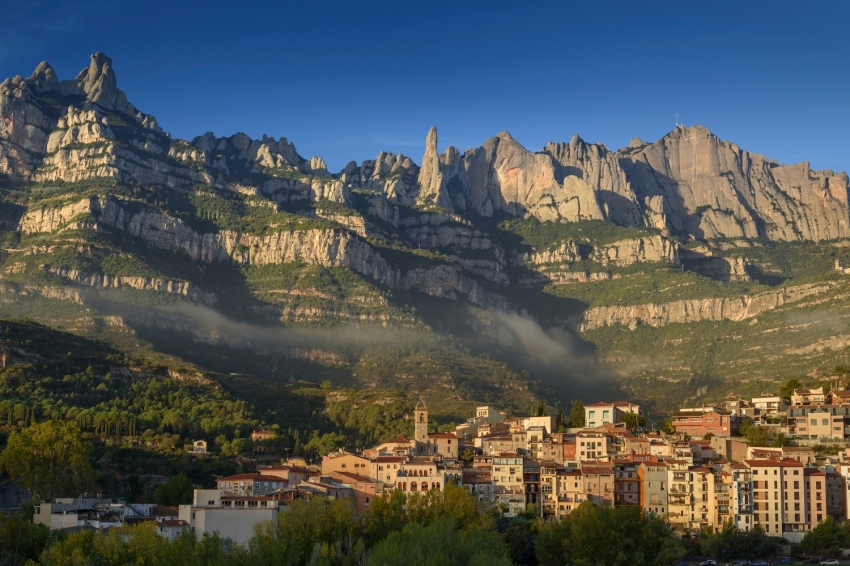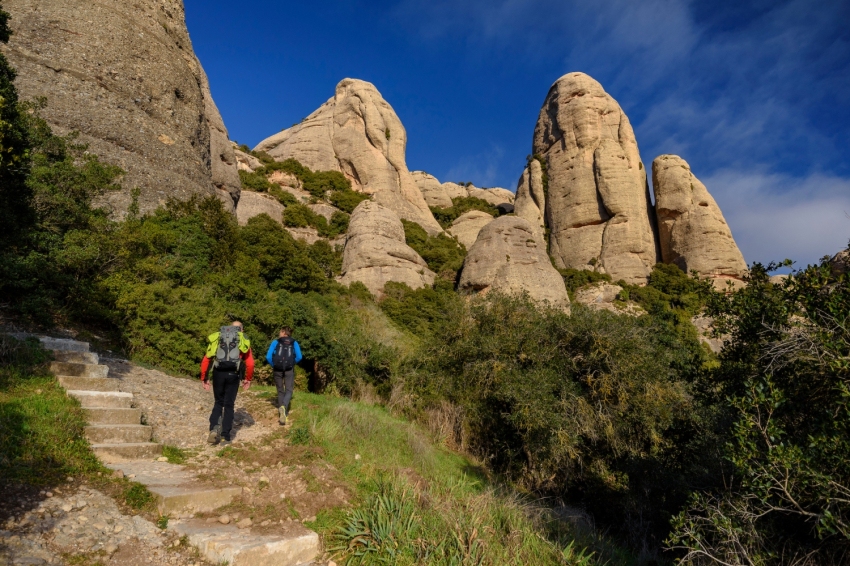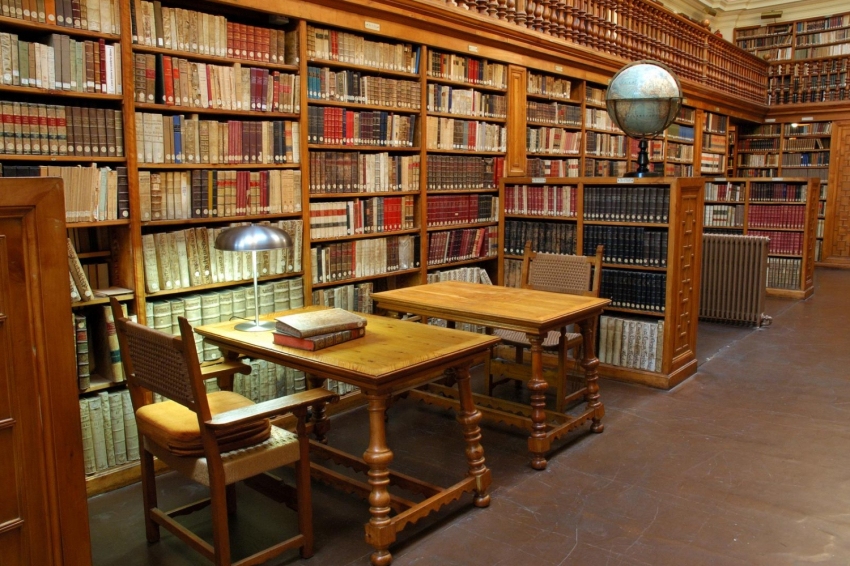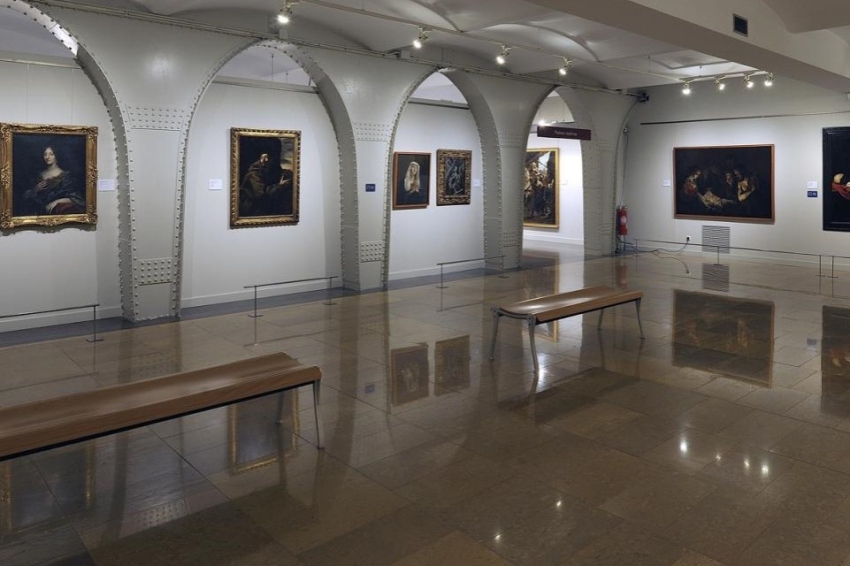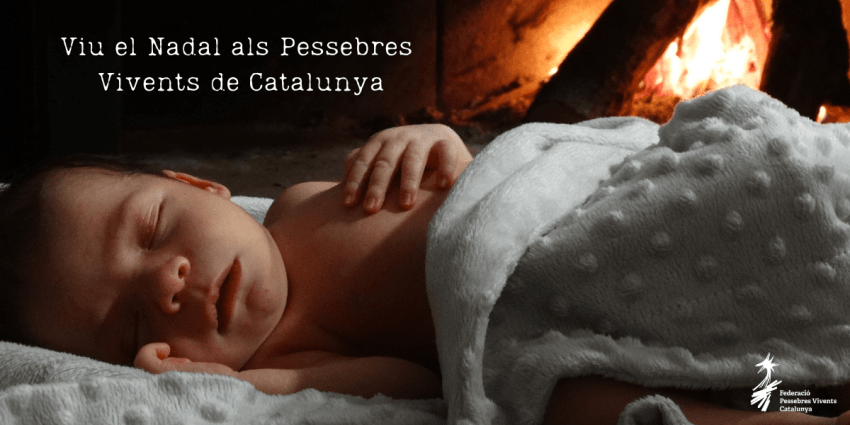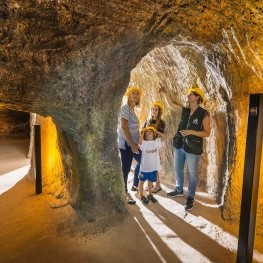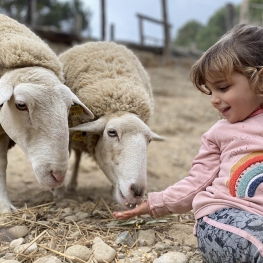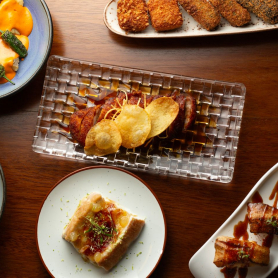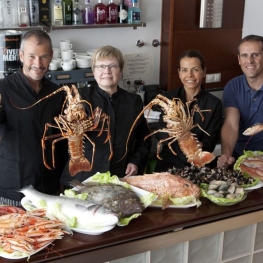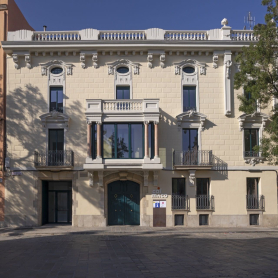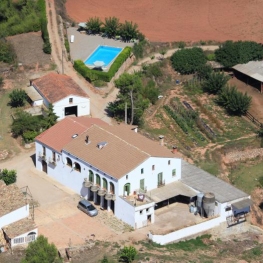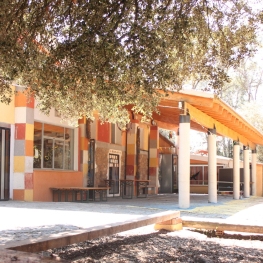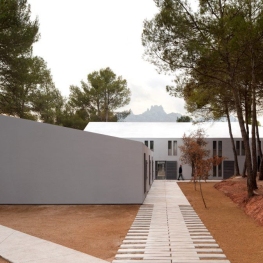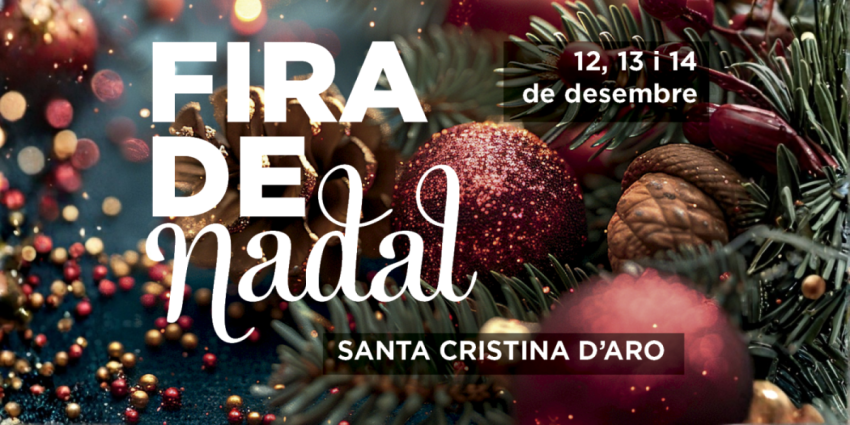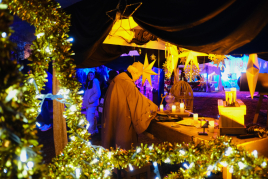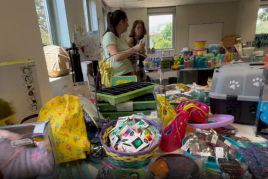Montserrat, symbol of Catalonia

Montserrat is much more than a mountain in the interior of Catalonia, it is a must-see symbol for all those who wish to delve deeper into the country, it is a natural park that we can enjoy with marked walks, it is a monastery with an active community of monks and a choir known everywhere, it is a plural museum with painting, goldsmithing, sculpture... and it is the Sanctuary of the Virgin of Montserrat, La Moreneta, patron saint of Catalonia. From femturisme.cat we encourage you to pay a visit.
The history of Montserrat begins in the 11th century when Abbot Oliva commissioned a small monastery to be built where the Montserrat Monastery is today. The years have made and broken this construction on numerous occasions, but since 1844 work has been done to enjoy the monastery that we have today.
Currently the community of monks remains active with about eighty people in addition to the young members of the choir known for its quality and for being one of the oldest music schools in Europe.
On April 26, a festival dedicated to the Virgin of Montserrat, we can enjoy numerous events on the monastery esplanade.
The climb to the top
The climb to Montserrat on foot has always been a path well traveled by many Catalans who, as pilgrims devoted to the Virgin of Montserrat did in the past, choose to enjoy the natural landscape that the mountain offers with approximately two hours of walking.
We can start the climb from Monistrol de Montserrat following the Camino de las Canales y del Agua, a route that we will find signposted with the white and red stripes of the GR6 and that corresponds to a section of the Camino de Sant Jaume (Camino de Santiago) that begins from Barcelona. From the same town we can choose to go up the old Camí Ral, signposted with the yellow and white marks corresponding to PR-C19. If we choose to start walking from Collbató we can take the Camino de las Vueltas, the most used by hikers before the construction of other transportation or the Camino de las Cuevas del Salnitre, a walk that will allow us to visit the Salnitre cave and the Santa Cueva following the red and white markings of the GR5 and 6.
The walks mentioned are not very difficult and are perfectly marked and equipped, but for more details we recommend visiting www.montserratvisita.com
For those who choose not to walk, they can also easily access the top of Montserrat by taking the rack railway from Monistrol de Montserrat, which will take us to the top in 15 minutes, or by taking the aerial also from Monistrol de Montserrat, the cable car that has been taking us since 1930. It approaches the top in just 5 minutes. Finally, there is road access with a guarded parking lot but that, out of respect for the environment, we should consider as a last option.
Once we are up...
The best way to enjoy your stay in Montserrat is with the outdoor itineraries that we can follow without loss by asking for a booklet at the information point. This proposal includes short walks, such as 15 minutes from Pla de les Taràntules to the hermitage of Sant Joan, which allows us to easily access a viewpoint or longer excursions, up to 3.5 hours to reach the highest peak. from the mountain, in Sant Jeroni (1236m).
In addition, there is also the possibility of visiting the open-air Museum, a route that allows you to see architectural remains of the monastery, the most important set of modernist sculptures in the country dedicated to the mysteries of the Rosary, the Holy Cave or the basilica, where we can enter to venerate to La Moreneta.
As for the interior spaces, we will start with the audiovisual space called “ Montserrat portas interior ” that allows us to learn about the daily life of the people who make up the Benedictine community of Montserrat. Next, we recommend a visit to the Library, a space of enormous cultural and historical interest due to the rich collection it houses with manuscripts dating from the 11th century and maintained to this day. The work of the Montserrat Abbey in the production of books is notable with the creation of the publishing house Publicaciones La Abadía de Montserrat supported by the productions of the scriptorium of the monastery itself and at the same time the creation of a record company to record the Escolanía and the Montserrat Music Chapel. You can purchase all of its publications at the monastery itself.
Finally we take you to the Montserrat Museum, interesting both for the room that houses it, designed in the 1920s by the well-known modernist architect Josep Puig i Cadafalch, and for the collections that we can see inside. The type of exhibition that we will find in the museum is very plural since it covers many specialties from different periods: archeology, iconography, painting, sculpture and goldsmithing. We want to highlight the collection of paintings from the 19th and 20th centuries, one of the best collections of Catalan painting with such relevant artists as Rusiñol, Casas, Picasso or Dalí, among others.
The surroundings of Montserrat
Taking advantage of your stay in the area, we recommend a walk through the nearby towns. First we will go to El Bruc, a town known for the legend of the Timbaler del Bruc. Popular history says that the inhabitants of El Bruc defeated the Napoleonic army at the beginning of the 19th century thanks to the echo that was produced in the Coll de Can Massana when the drummer played on his timpani, sounds that seemed like a huge column of soldiers and frightened the French. Due to this saying, every year at the beginning of June we can attend the festival that commemorates the event by recreating the battle.
The second place that we recommend is Monistrol de Montserrat, a small town where we can visit the porticoed square of Bo-bo built in the 17th century and which over time has housed the town's notorious buildings and the Gothic bridge over the river, dated from the 14th century.
What to do
La Clau Room Escape: Until Dawn i Game On
Manresa (a 12.8 Km)Find a group of 2 to 6 people and enjoy the puzzles…
Granja Aventura Park
Viladecavalls (a 12 Km)Come and enjoy a wild day at Granja de Aventura Park, a…
Fundació Xarxa Espectacles familiars
Terrassa (a 14.4 Km)The main activity of the Xarxa Foundation is the regular programming of…
Where to eat
Taverna ümet
Sabadell (a 22.8 Km)Taverna Ümet is a restaurant in Sabadell offering creative tapas and flavorful…
Bodega Miquel Jané
Font-rubí (a 20.8 Km)Discover the world of wine with our comprehensive viticulture and oenology courses,…
Restaurant Marisquer Can Ladis
Sant Fruitós de Bages (a 15.7 Km)The Can Ladis Seafood Restaurant, located in Sant Fruitós de Bages, is…
Where to sleep
Cal Maco, Alberg i Centre de Visitants d'Igualada
Igualada (a 13.8 Km)Cal Maco is a modernist building located in the center of Igualada…
Masia Mas Set-Rengs
Sant Salvador de Guardiola (a 10.7 Km)Discover Mas Set-Rengs and enjoy a farmhouse located in a privileged natural…
Alberg Viladoms de Baix, Fundesplai
Castellbell i el Vilar (a 3.5 Km)Viladoms de Baix is located in the municipality of Castellbell and Vilar,…


